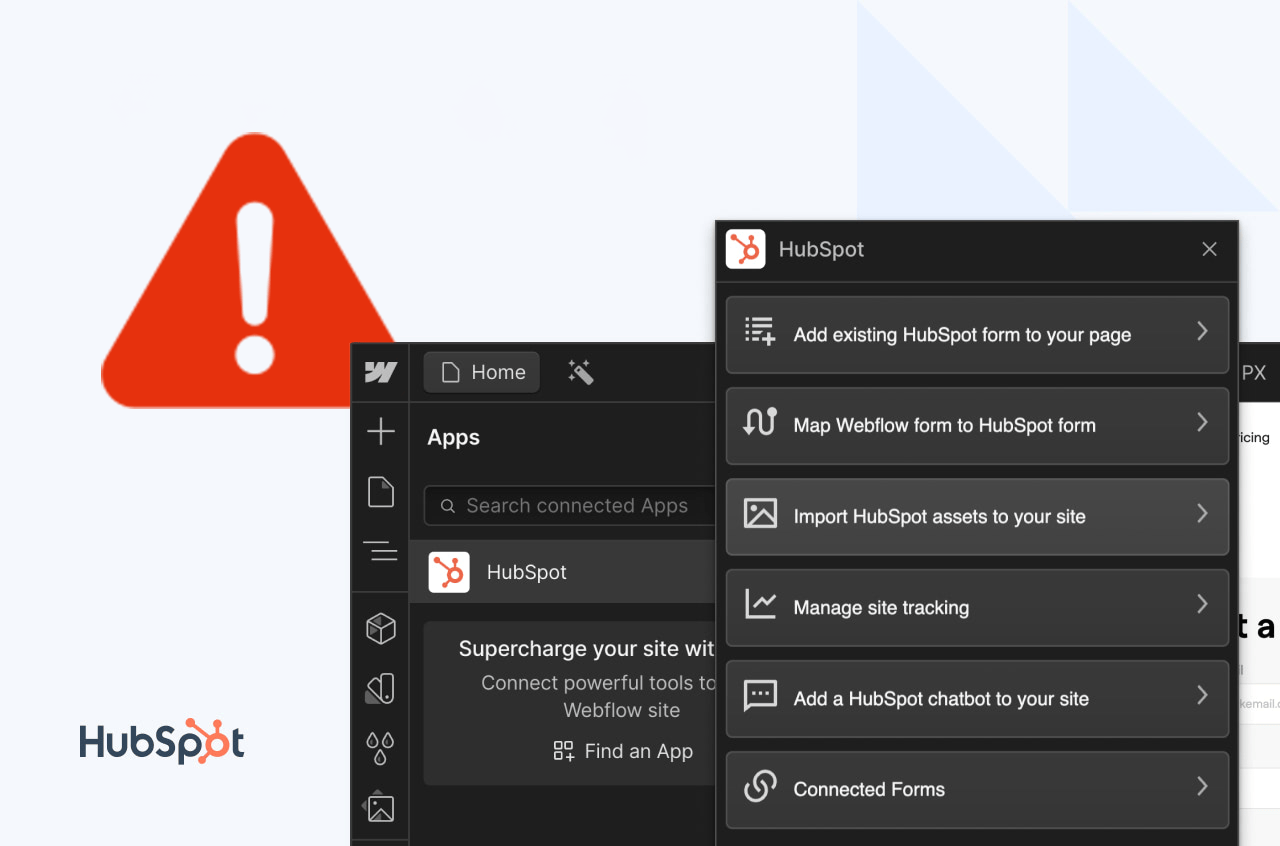The Power of Illustrations in Design: Adding Personality
Introduction
You’ve seen them—those eye-catching visuals that make you stop scrolling and take notice. Ever wonder why some designs work like magic while others fall flat? It’s not just luck—it’s the strategic use of illustrations. These visual elements go beyond decoration. They inject personality, simplify complex ideas, and evoke emotions that engage your audience.
In this article, we’ll explore:
- Why illustrations are more than just pretty pictures
- How to choose the right illustration style for your brand
- The psychology behind why visuals engage us
Ready to add some pizzazz to your designs? Let’s dive in. And if you're looking for custom illustrations or expert design work, contact us today to learn how we can help elevate your brand.
The Untapped Potential of Illustrations
Illustrations aren’t just doodles or filler content—they’re strategic design assets. They help clarify ideas, build emotional connections, and create unique brand identities. Whether used in marketing campaigns, websites, or product packaging, illustrations have the power to elevate brand perception and leave a lasting impact.
Why Illustrations Are More Than Just Decor
Illustrations go far beyond being pretty visuals. They:
- Tell a Story: A well-crafted illustration communicates a message more effectively than text alone.
- Convey Emotion: Colors, shapes, and styles in illustrations evoke feelings that resonate with your audience.
- Simplify Complex Concepts: Infographics and visual aids make it easier to explain complicated processes.
Pro Tip: Use infographics to break down intricate ideas into bite-sized information. A single well-designed visual can communicate what would otherwise take paragraphs to explain.
Looking to integrate custom illustrations into your website or marketing campaigns? Reach out to us and let’s discuss how we can help bring your brand's message to life.
Choosing the Right Style for Your Brand
The illustration style you choose says a lot about your brand. The right style aligns with your messaging, enhances your personality, and creates consistency across platforms. Here are some popular styles to consider:
- Flat Design: Minimal, clean, and modern. Ideal for tech companies and startups.
- Line Art: Elegant and simple. This style is perfect for brands seeking a polished and sophisticated look.
- 3D Illustrations: Eye-catching and dynamic. These visuals add depth and work well for product pages and interactive websites.
Tool Recommendation: Platforms like Adobe Illustrator and Canva offer templates and tools to help you experiment with different styles. Not sure which one fits your brand? Our graphic design experts can help. Contact us to explore your options.
The Psychology Behind Engagement
Why are we drawn to illustrations? The answer lies in visual psychology. Images trigger emotional responses and leave stronger impressions than text alone. Here’s why illustrations captivate:
- Visuals are Memorable: People remember 80% of what they see, compared to only 20% of what they read.
- Emotions Drive Engagement: Happy, nostalgic, or calming visuals connect with audiences on a personal level.
- Social Sharing Power: Visual content is 40 times more likely to be shared on social media than other types of content.
If you’re looking to increase audience engagement, adding custom illustrations to your website is a smart move. Explore how we can help with our expertise in Webflow and graphic design.
Real-World Examples of Illustration Success
Some of the most iconic brands have leveraged illustrations to boost brand identity and connect with their audiences.
- Mailchimp: Known for quirky illustrations that make email marketing approachable and fun.
- Dropbox: Uses clean, minimalist visuals to explain the complexities of cloud storage.
- Headspace: Calming illustrations perfectly align with the brand’s mission to reduce stress through meditation.
These examples show how well-executed visuals can build brand recognition and foster trust with users. Want to see similar success? Get in touch with us and discover how we can transform your visual identity.
Implementing Illustrations in Your Design Process
So, how do you integrate illustrations effectively? Here’s a step-by-step guide:
1. The Planning Stage
Before creating any visual, define your goals:
- Message: What story are you telling?
- Audience: Who are you speaking to?
- Medium: Will the illustration appear on a website, app, or printed material?
Pro Tip: Sketch out rough ideas on paper before diving into digital design. Early sketches help clarify your concept and save time.
2. The Creation Process
Now it’s time to bring your ideas to life. Whether you’re a DIY enthusiast or hiring a professional, the process matters.
- DIY Tools: Platforms like Procreate or Sketch offer easy-to-use tools for illustration.
- Hiring Talent: Browse platforms like Dribbble or Behance to find top illustrators if you want a polished, professional look.
Need expert help with custom illustrations or website integration? Contact us to explore how Homade can bring your vision to life.
3. Testing and Feedback
Don’t assume your first design will hit the mark. Testing and feedback are essential.
- A/B Testing: Experiment with different visuals to see which resonates best.
- Feedback Loops: Collect input from your team and audience to refine your designs.
Future-Proofing Your Designs
Illustrations should be designed with longevity in mind. Trends come and go, but well-thought-out visuals should remain relevant over time. Consider these statistics:
- 70% of companies that update their design elements regularly outperform competitors.
- Consistent brand presentation across all platforms can increase revenue by up to 23%.
Looking to keep your brand visually consistent and up-to-date? Our team at Homade specializes in crafting timeless, versatile designs. Contact us today to future-proof your brand.
Elevate Your Designs with Homade
You now know the value of illustrations—they’re more than just decoration. They’re strategic tools that convey stories, build emotions, and engage audiences.
Key Takeaways:
- Illustrations aren’t just visuals—they communicate messages and evoke emotions.
- The right style of illustration aligns with your brand’s personality.
- Visual content boosts engagement and increases audience retention.
- Proper planning, testing, and future-proofing ensure your designs remain relevant.
Ready to Bring Your Illustrative Vision to Life?
At Homade, a Chicago-based Webflow agency, we specialize in custom website design and graphic illustration. Whether you need a stunning infographic, brand visuals, or interactive web design, our team has the tools and expertise to make it happen.
Contact us today to learn more about how we can help you elevate your brand with custom illustrations and visually striking designs that captivate your audience.



